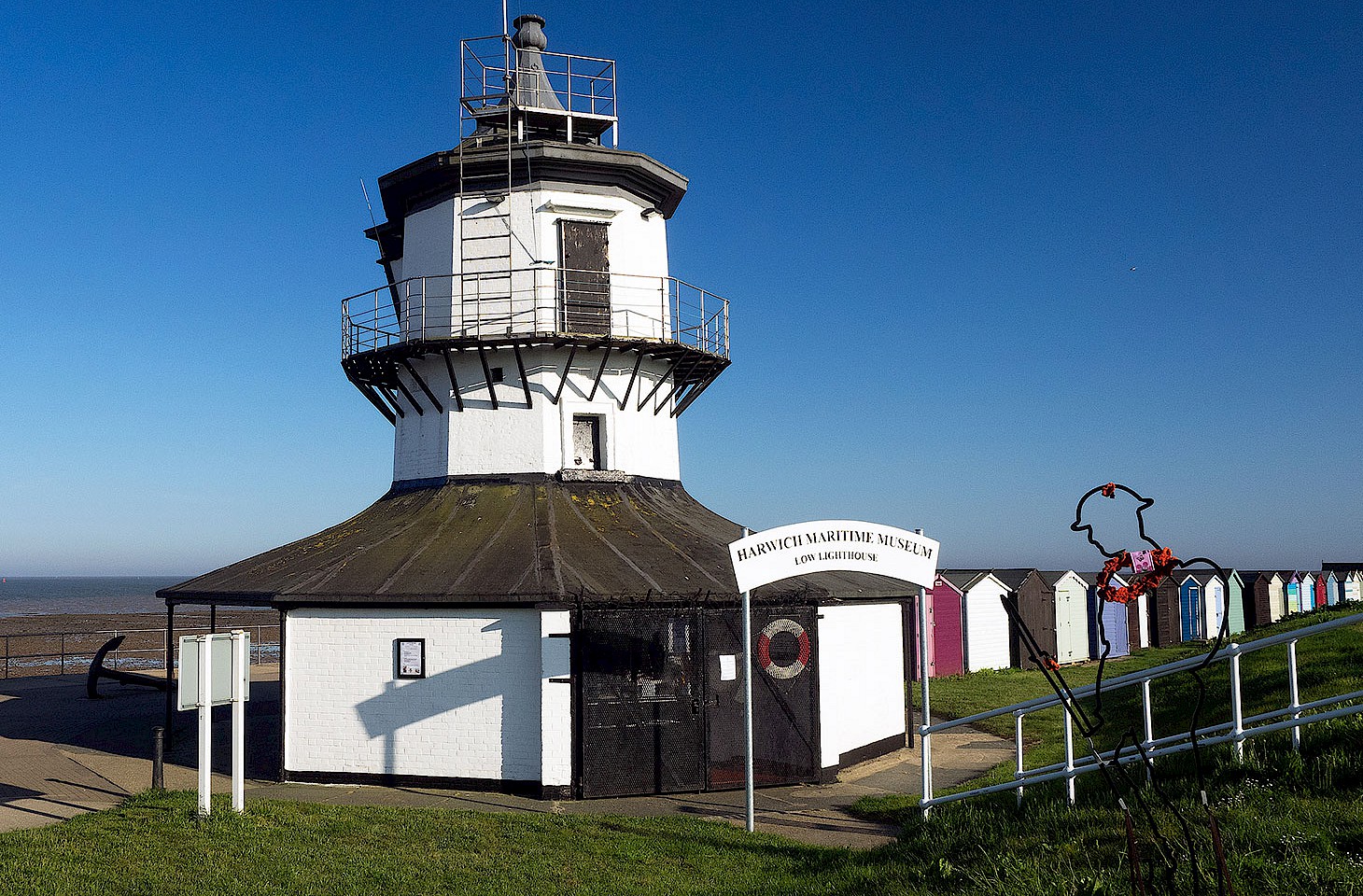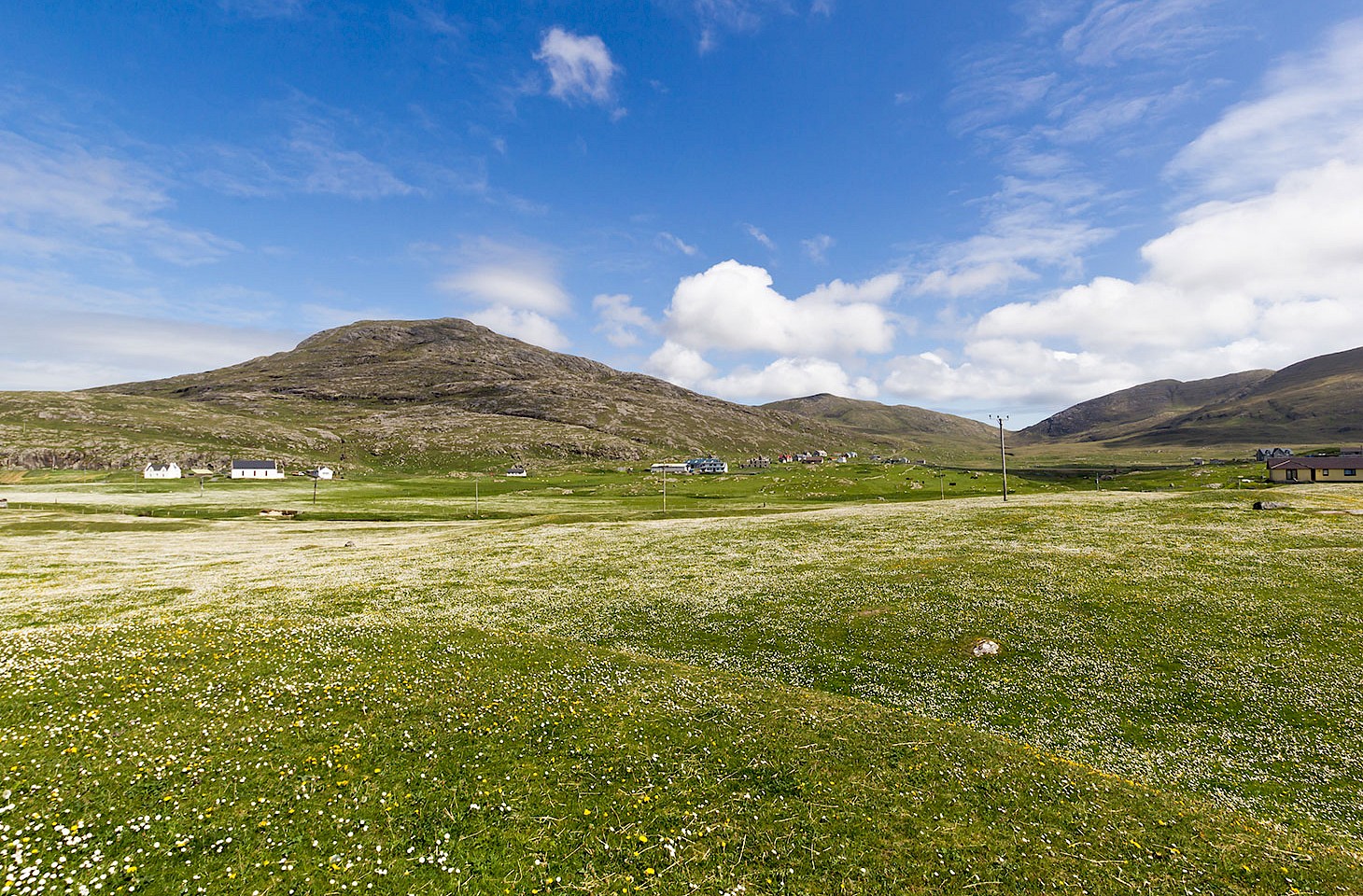There are those moments on a journey where we pass a milestone, a threshold so to speak, as we embark on the next section of the trip. Adventurers crossing mountain ridges map their way from one summit cairn to the next. Or, on long drives across Europe, we eagerly anticipate arrival at the cafés in small towns that break up the journey into three hour stints. Travelling southeast from Berlin there is that magic moment where one catches a first glimpse of the Tatra mountains. On the train journey from London to Scotland there are secure landmarks which comfortably tell of real progress: Peterborough Cathedral, the Minster at York, and crossing the Tyne at Newcastle.
For a generation of Londoners, experiencing motorway driving for the first time in the nineteen sixties, the north of England began at an inconsequential rise on the M1 motorway near the village of Watford in Northamptonshire. There the motorway crests a gentle gap in the Jurassic escarpment that marks, for some southerners, the outer edge of civilisation. In the psycho-geography of the average Londoner, that boundary - a place where the Home Counties play cat and mouse with the English Midlands - came to symbolise the gateway to another world. It became an English version of the famous gap in the mountains at Abydos in Upper Egypt. Only the spirits of the dead or the doomed might tread that way, and what lay beyond the gap was a mystery. Folk with funny accents, perhaps? Or even worse!
Long before the M1 was built, Watford Gap was perceived to mark a certain cultural divide.




